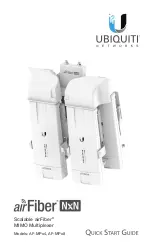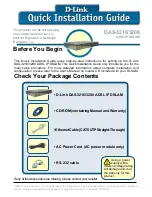
2. Operation of the 3028
Turbo
Multiplexer
154001UA
2-25
TYPE:
5
from the
CHANNEL PARAMETERS
menu
PRESS:
RETURN
The terminal displays:
TYPE:
n (n = the parity option number)
PRESS:
RETURN
The multiplexer updates the channel parity and returns the
CHANNEL PARAM-
ETERS
menu. If the
RETURN
key is pressed without entering a parity option, the
Main Menu is returned.
2 0 3 1 2 -1 3
(ENTER 1-6 <CR> TO CHANGE. <CR> TO RETAIN OLD SETTING.):
CHANNEL n PARITY: CURRENTLY: NONE/ODD
1:
2:
3:
4:
NONE/ODD
NONE/SPACE
NONE/EVEN
ODD
5:
6:
NONE/MARK
EVEN
The
FLOW CONTROL
parameter, also known as buffer overflow protection, is
a means of preventing data loss in high-traffic periods. Some terminals respond
to ASCII control characters (most commonly Device Control 1 and Device
Control 3 [DC1/DC3]) as signals to suspend and resume transmission. Others
respond to changes in the RS-232-C leads (most commonly CTS). Options
supported provide these and other possibilities, including any user-specified
character as either the XOFF (turning the data transmission off) or the XON
(turning the data transmission on) signal.
The
USER
option allows entry of arbitrary XON and XOFF characters. After
selection of the USER option, the current setting is displayed. Enter the revised
setting in decimal (0-255), allowing any of the 128 ASCII characters with either
parity setting. Entry of 255 and 0 are interpreted the same by the multiplexer.
Appendix F provides information on the TANDEM T-Pause
®
and Wang
®
flow
control methods.
Appendix J provides information on the EIA Signal Exceptions.
Channel Flow Control
Channel Flow Control
Channel Flow Control
Channel Flow Control
Channel Flow Control
Note
Forcing an EIA signal high or low using the
CHANNEL STATUS command prevents
using that signal as a flow control option.
















































